'Shikoku Green Travel' - Taking full advantage of express trains and riding all of JR's Shikoku lines - Day 2

I set off from Takamatsu on the ' Shikoku Green Travel ' ticket, which allows me to use all JR Shikoku lines and all Tosa Kuroshio Railway lines' limited express trains (green cars) and local trains for four days. On the first day, I traveled to Uwajima, and then traveled to Sukumo by bus because the Yodo Line was closed on all lines. The morning of the second day started from Sukumo.
Shikoku Green Travelogue | Shikoku Travel JR Shikoku Tour (Ekikomi)
The first day's events are summarized in the article below.
I tried a trip to ride all the JR Shikoku lines by making full use of express trains on the 'Shikoku Green Journey' - Day 1 - GIGAZINE

◆Tosa Kuroshio Railway Local: Sukumo → Nakamura
In the morning, we will travel from the accommodation to Sukumo Station on the Tosa Kuroshio Railway.
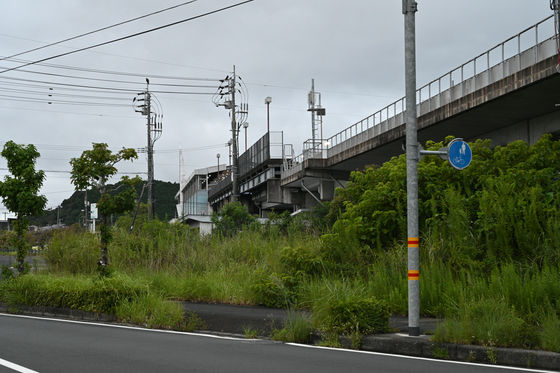
I boarded the local train bound for Kubokawa, departing at 6:32.
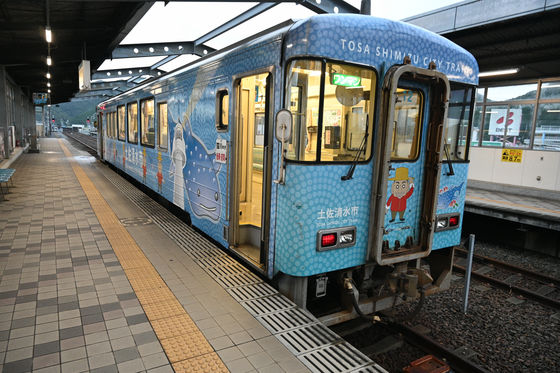
From the car window, we could clearly see the hotel where we were staying, Hotel Avan Sukumo.
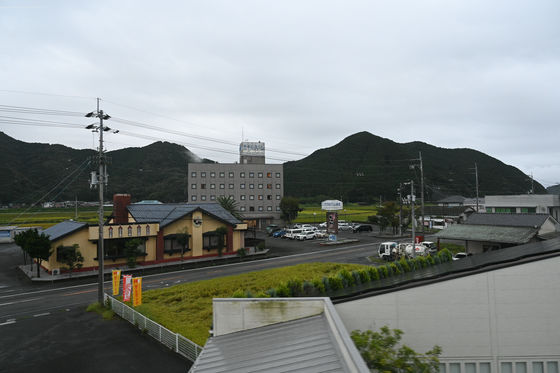
We cross the Matsuda River, which flows near Sukumo city.
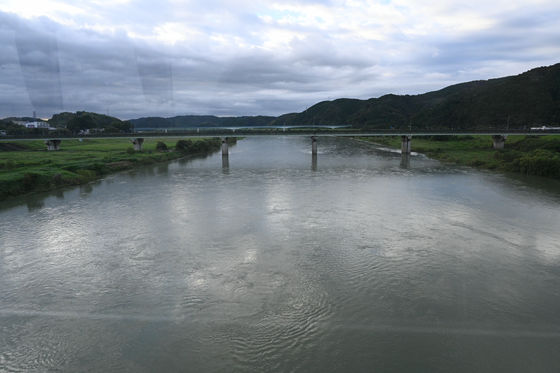
◆ Express Ashizuri No. 4: Nakamura → Kochi
After 30 minutes, we arrived at Nakamura Station in the center of Shimanto City. From here, we changed to the Ashizuri No. 4 Express.
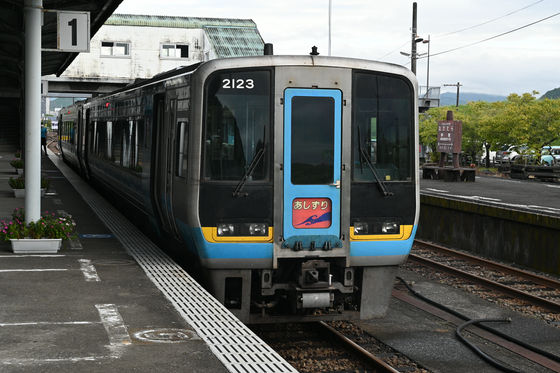
Shortly after leaving Nakamura, the Tosa Kuroshio Railway heads along the Tosa Bay, and tsunami evacuation towers can be seen here and there from the train windows.
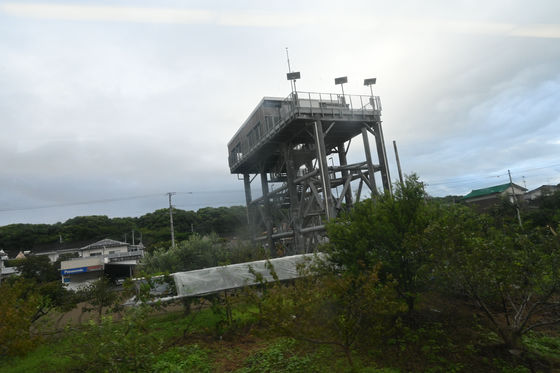
Driving along Tosa Bay.
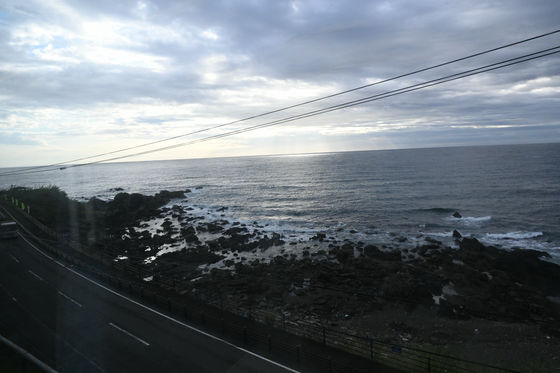
We arrived at Kubokawa Station, which we were unable to reach the previous day due to rain.
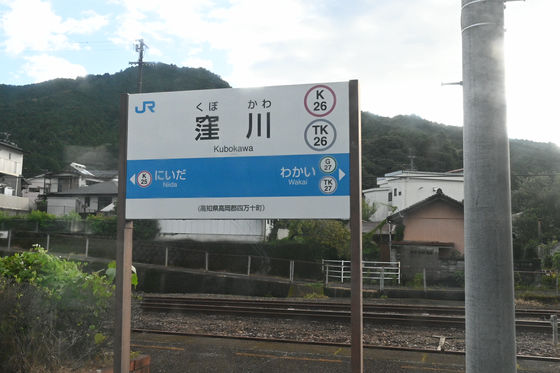
Susaki is
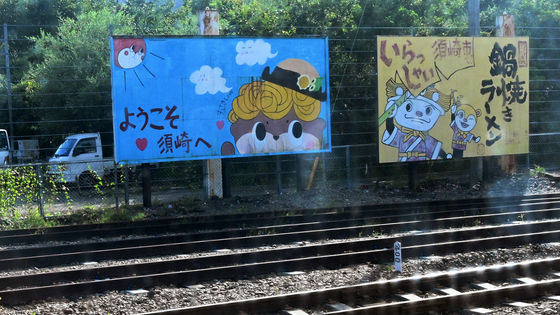
As the sun rose and harsh sunlight shone in from the right hand side of our direction of travel, Kochi Castle came into view about two hours after changing trains at Nakamura.
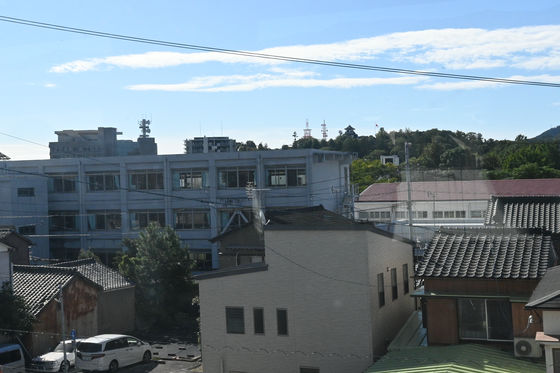
◆ Tosan Line/Tosa Kuroshio Railway Local: Kochi → Nahari
Ashizuri 4 arrives at Kochi Station at 9:04. Next, I board the 9:19 train bound for Nahari.
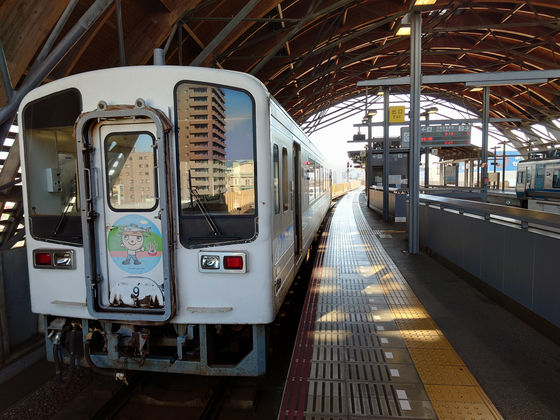
As we left Kochi Station, the tourist train '
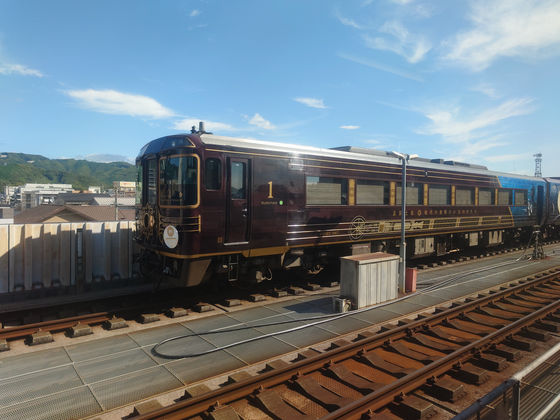
From Kochi Station to Gomen Station, you take the Dosan Line, and from Gomen Station onwards you enter the Tosa Kuroshio Railway Gomen-Nahari Line. Each station on the Gomen-Nahari Line has a character designed by manga artist Takashi Yanase.
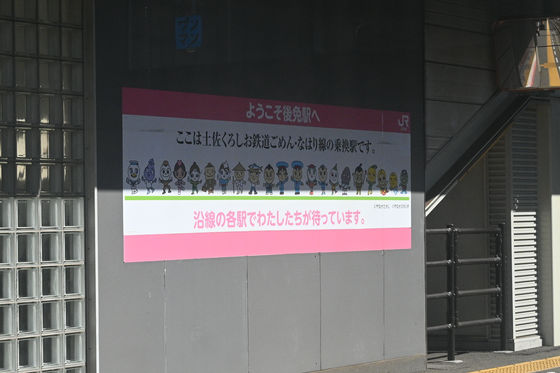
Leaving Gomen Station, the Dosan Line curves to the left and the Gomen-Nahari Line curves to the right on an elevated track before splitting off.
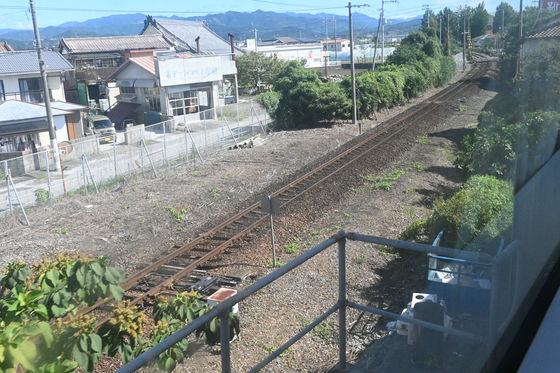
We also saw tsunami evacuation towers along the Gomen-Nahari Line, which runs along the east side of Tosa Bay.

The train stops at a place where you can see the station sign. At the Japanese food station, there is a 'Wajiki Kappa-kun'.
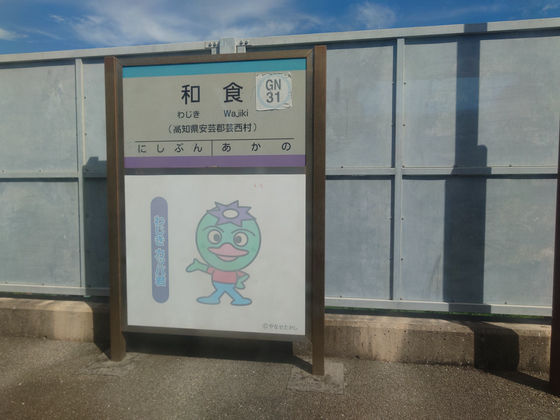
On the north side of the tracks there were a row of bridge piers for the Kochi Eastern Expressway, which was currently under construction.
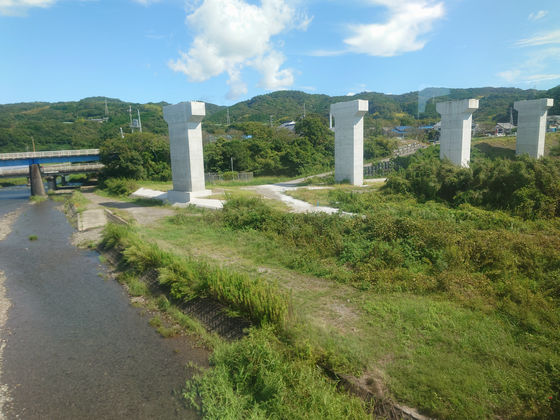
Near Kyujo-mae Station is Aki Municipal Baseball Stadium, where the Hanshin Tigers baseball team holds their fall training camp. However, the stadium cannot be seen from the train window because it is blocked by
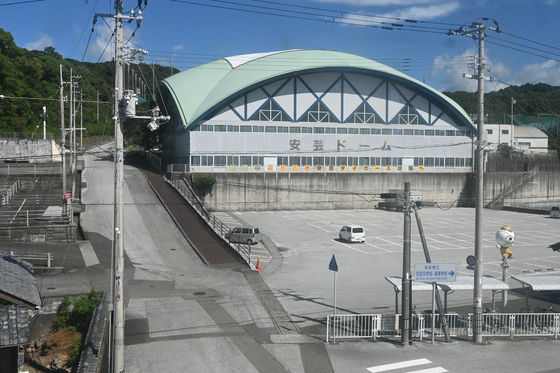
Looking back toward Aki city. The Aki Dome that was visible earlier can be seen in the center of the photo.
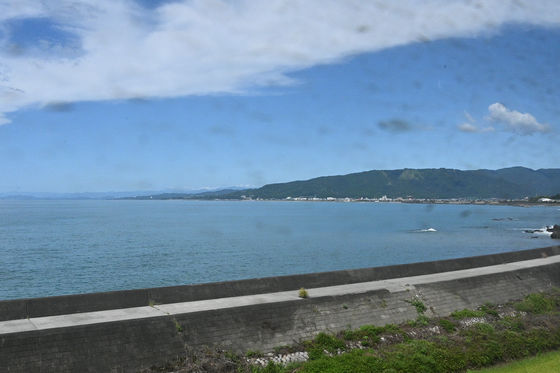
We crossed the iron bridge over the Nahari River.
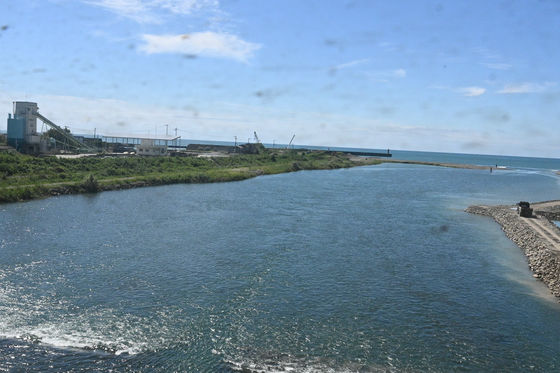
Finally, the final destination, Nahari Station, comes into view.
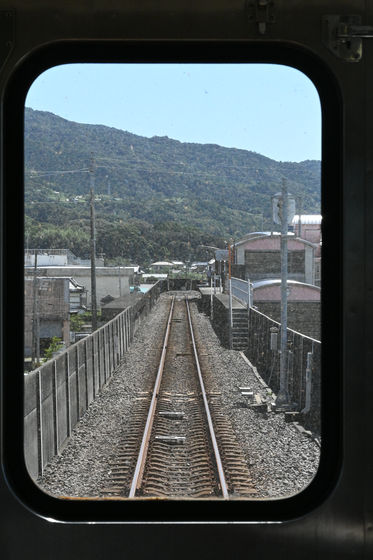
◆Kochi Tobu Kotsu: Nahari Station → Muroto Office
We arrived at Nahari Station at 10:50. The ticket gates and platform are on the third floor of the building.
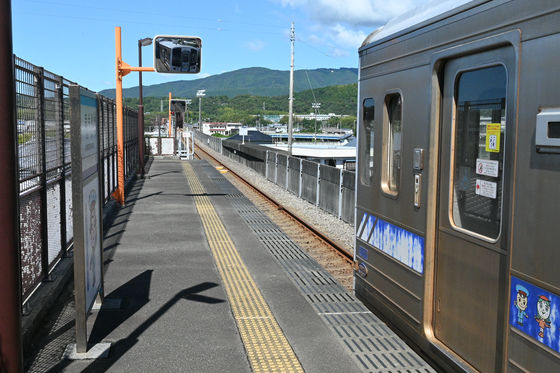
There is an Italian restaurant called Tonno on the same floor, which serves lunch from 11am.
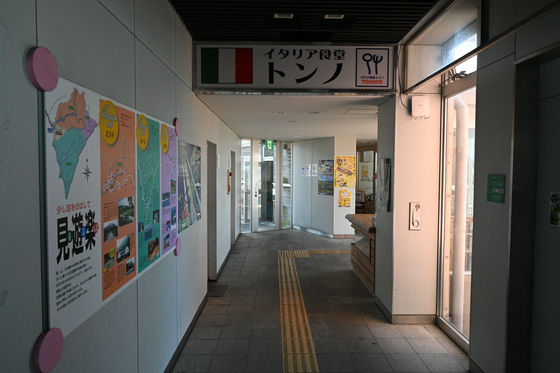
The exterior of Nahari Station looks like this.
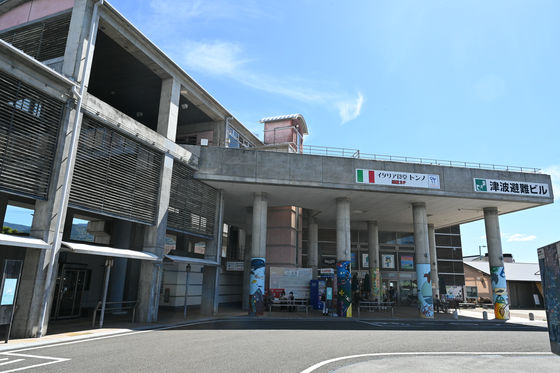
Looking at the map of the coverage area of the 'Shikoku Green Travelogue', Nahari Station and Awa-Kainan Station, which is on the other side of Cape Muroto, are dead ends. However, if you are not limited to the 'Shikoku Green Travelogue', as shown by the blue dotted line in the image,
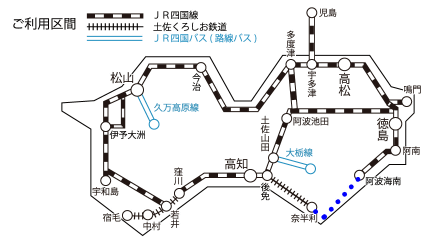
The first floor of Nahari Station is home to a local product shop called 'Fig,' which sells figs, the fruit that gives the store its name, in September, but they were sold out by 9 a.m.
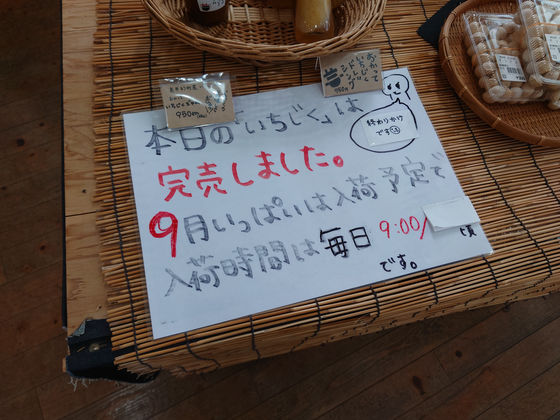
Since I was there anyway, I decided to buy some '
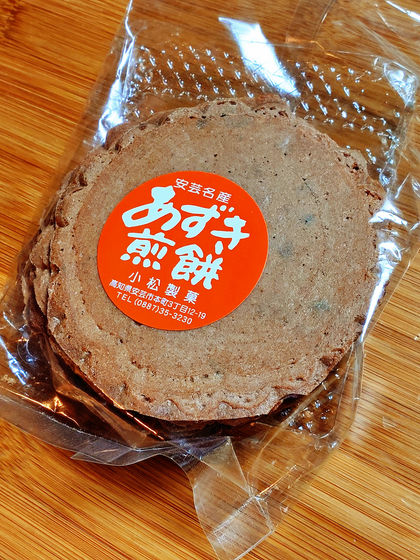
In addition to the Kochi Tobu Kotsu
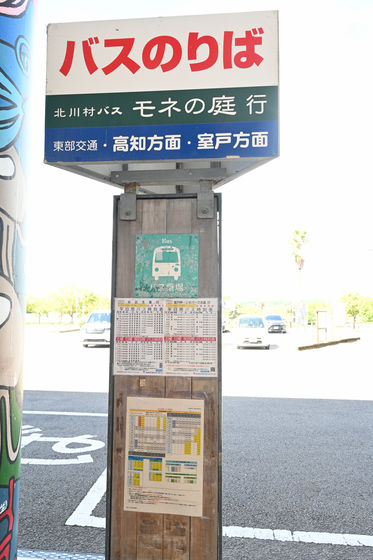
While I was waiting, the first bus to arrive was the Kitagawa Village bus bound for Monet's Garden. It took 10 minutes by bus to get to Monet's Garden, and cost 230 yen one way.
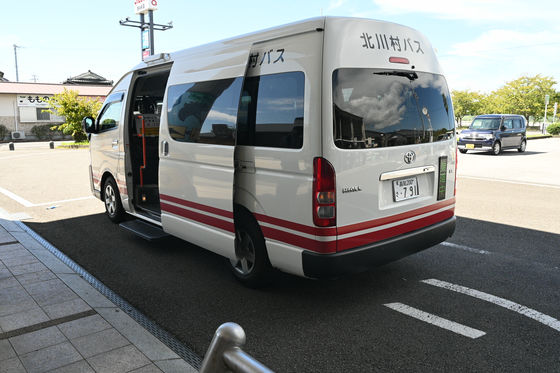
As soon as the Kitagawa Village bus departed at 11:00, the Kochi Tobu Kotsu bus departing at 11:01 arrived. There is a bus stop at Umi-no-Eki Toromu, but there is no direct bus from Nahari, so we headed to the nearest Muroto bus stop.
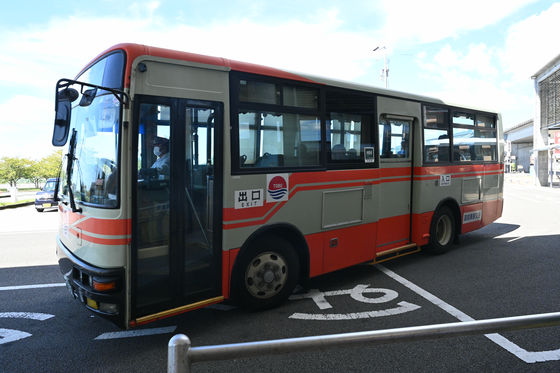
The clouds gradually thinned out and the weather cleared up, so we enjoyed the view of Tosa Bay on our journey. Note that this photo was taken facing the opposite direction of our travels.
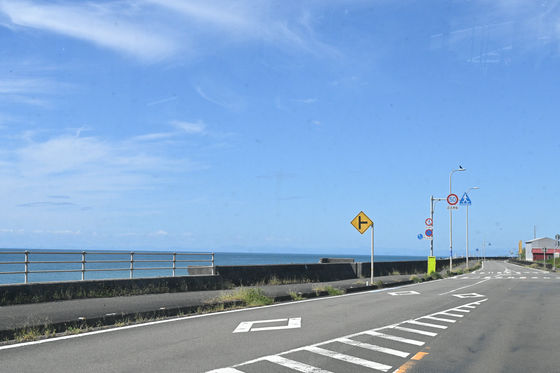
We arrived at Muroto Depot at 11:54. The fare was 1,100 yen. If you want to take a regular bus other than the DMV 'Umi-no-Eki Toromu' bus, you can transfer to the
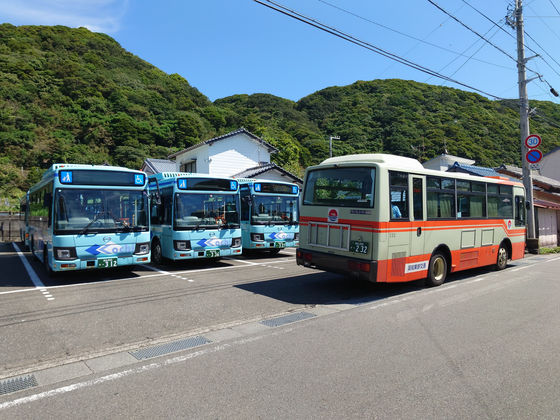
◆ On foot: Muroto Office → Toromu Sea Station
There is a bus from Muroto Depot to 'Toromu Seaside Station' if you wait a little while, but it is only about a 10-minute walk anyway, so I walked there. Google Maps does not show the small alleys, but if you turn right from Muroto Depot, you can go straight to National Route 55.
The entrance to 'Toromu Sea Station'.
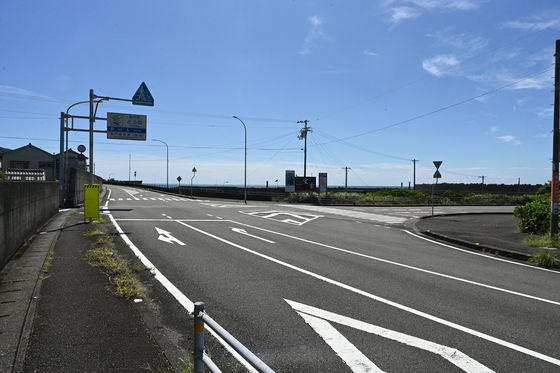
There is an express bus terminal, and local buses and DMV also depart and arrive here.
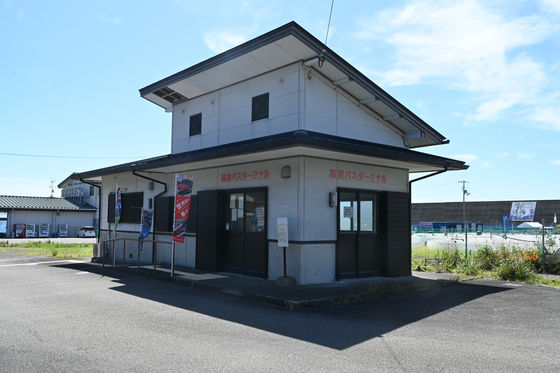
Kochi Tobu Kotsu Muroto Kohura Line buses bound for Muroto Office and Kohura Wharf arrive. The Kohura Wharf bus does not head towards Muroto Cape, but heads north, crosses the base of the cape and heads towards 'Umi no Eki Toyocho.'
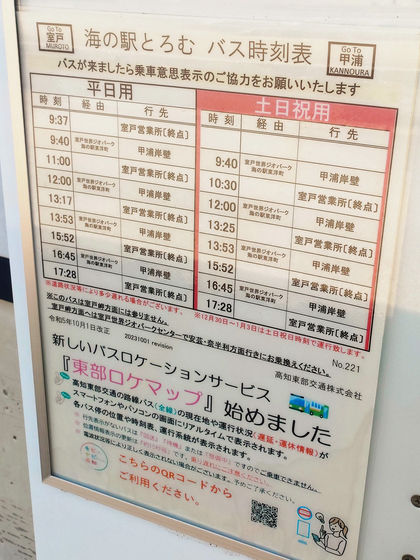
As shown here, there is only one DMV departing from Sea Station Toromu, departing at 1:52pm on weekends and holidays.

Since we had a little time before departure, we decided to have lunch at the restaurant
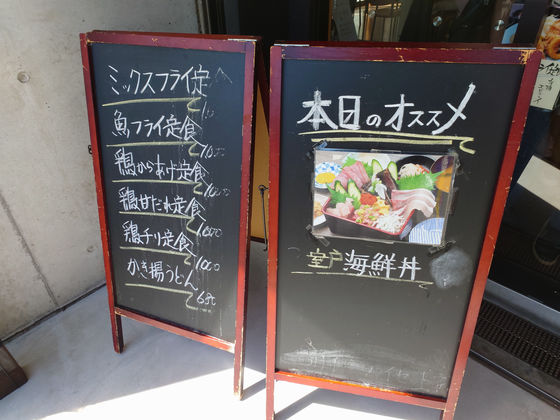
Other menu items are as follows. Of course, I ordered the Muroto Kaisendon.
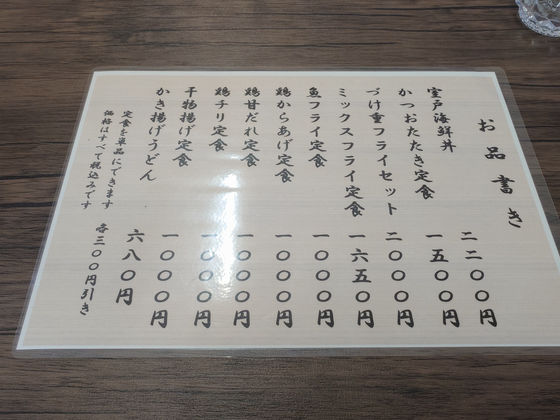
'Spring in Muroto is full of yellowtail,' and
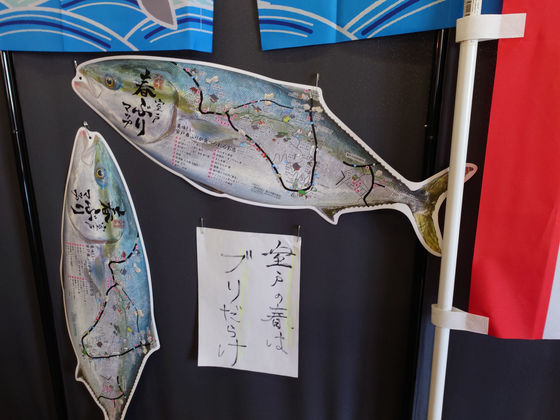
On this day, the restaurant was crowded with touring groups, and the food was served about 20 minutes after ordering.
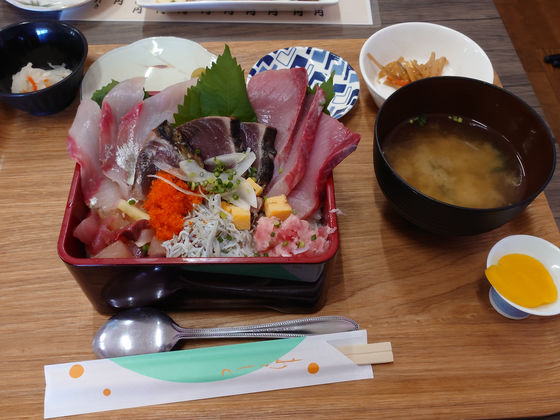
This is a sumptuous seafood bowl centered around three slices of seared bonito.
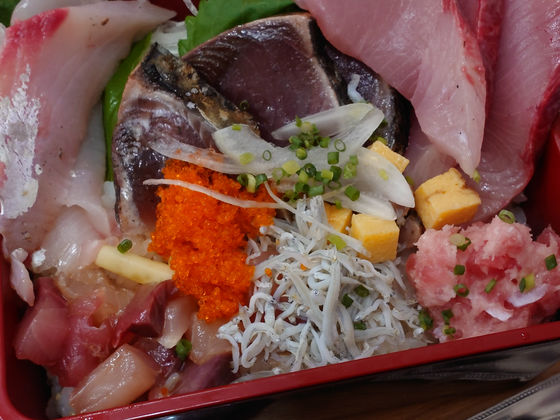
The 'Seared Bonito Set Meal' comes with six pieces of seared bonito.
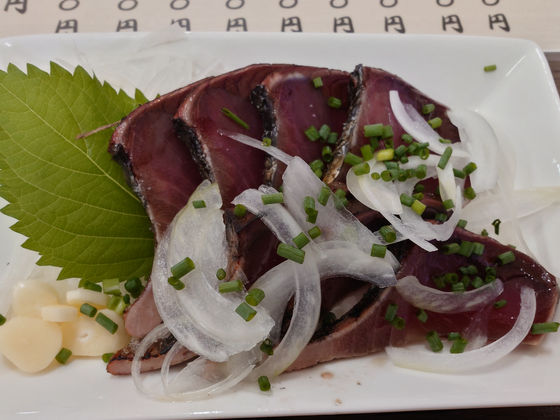
Since we still had some time to spare, we went to the
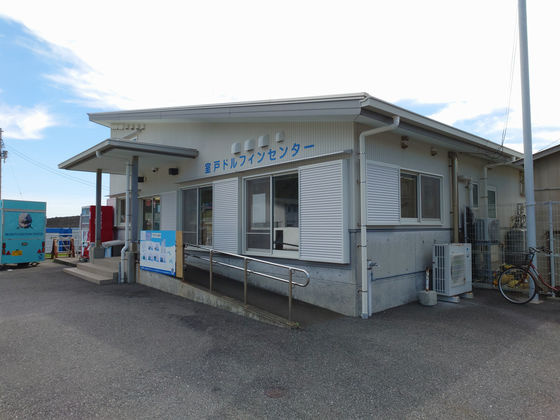
There is a circular pool at the back of the building, where you can literally watch the dolphin show right in front of your eyes.
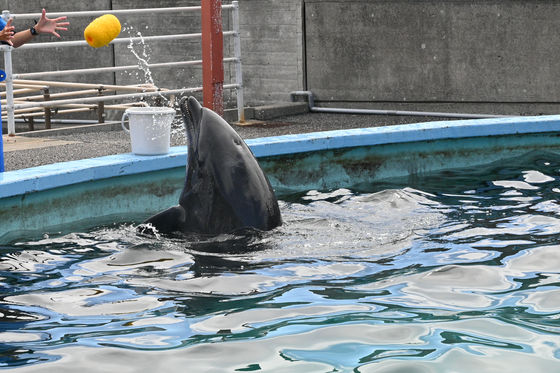
A dolphin leaping high.
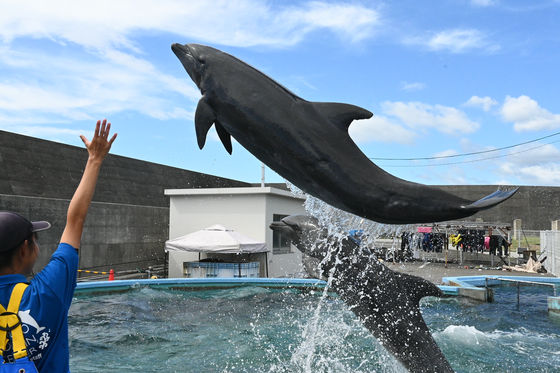
You can get splashed with water as much as you like.
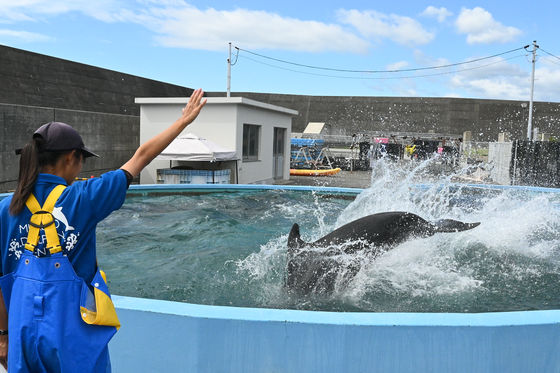
Both children and adults were delighted.
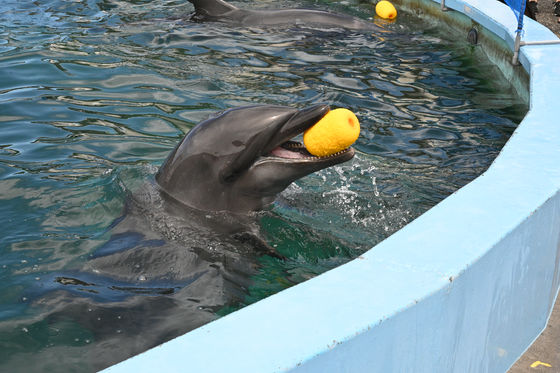
There are sea turtles in the pool next door, and you can feed them by purchasing food.

The activities available are as follows: swimming with dolphins, playing with dolphins, experiencing what it's like to be a dolphin trainer, and many more.

◆ Asa Coast Railway: Seaside Station Toromu → Awa Kainan
Just before 2 p.m., the DMV and Kochi Tobu Kotsu buses arrived at the highway bus terminal. The buses headed for the Muroto Depot and left immediately, but the DMV waited here for about 30 minutes before turning back.
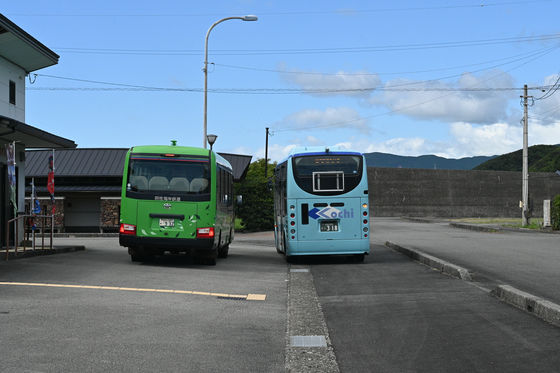
A DMV waiting in the parking lot of the Marine Station.

This service runs between
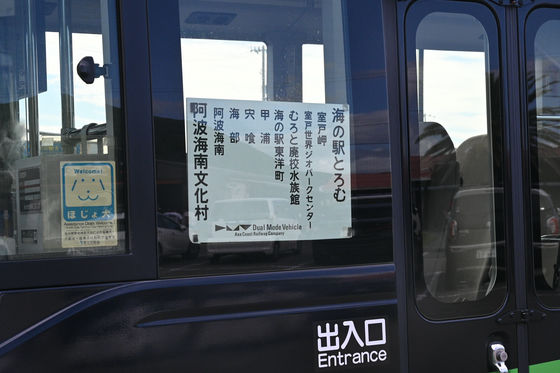
The wheels for running in rail mode between Kouura Station and Awa-Kainan Station are stored under the vehicle. You can see the rear wheels by simply peering in.
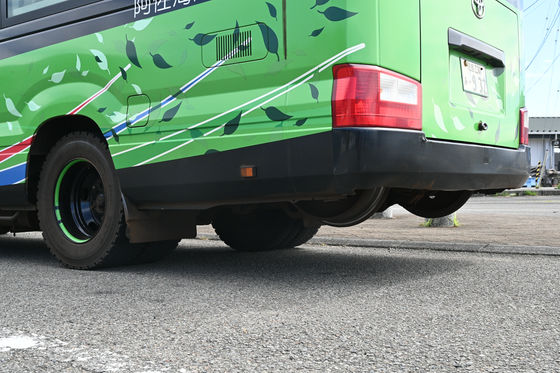
We depart for Awa Kainan Cultural Village at 1:52 pm.
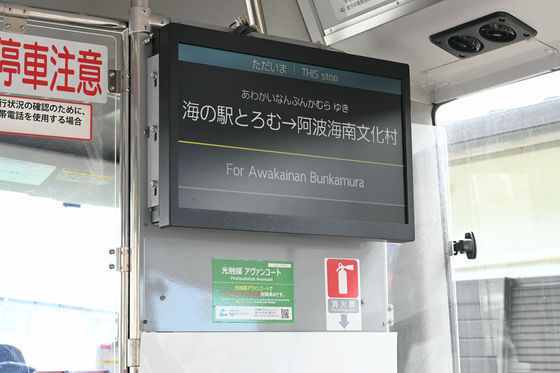
The statue of Nakaoka Shintaro stands on Cape Muroto.
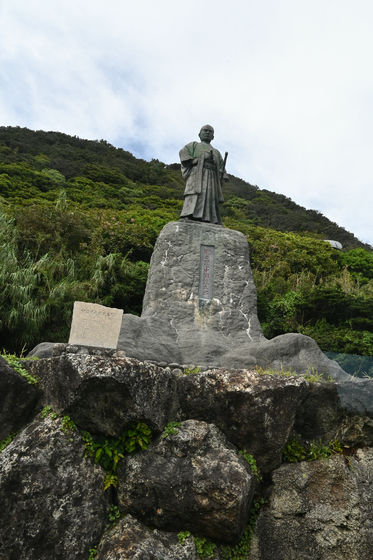
Although I couldn't see the cape itself, I did see a monument that read 'Cape Muroto, a Historic Site and Place of Scenic Beauty.'
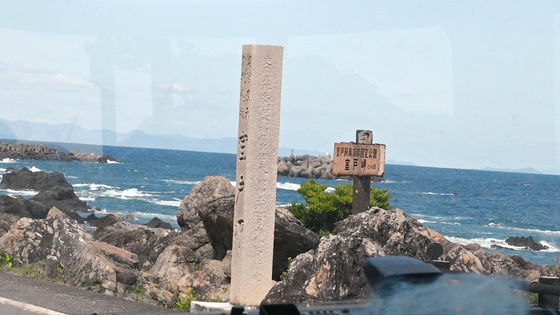
I saw a plane that looked like it was heading to Kochi Ryoma Airport.
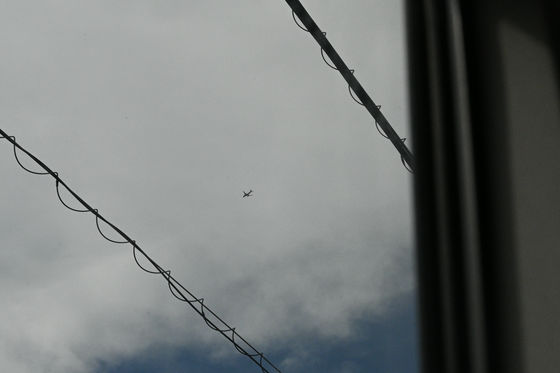
If I had traveled by bus, I would have most likely changed trains at Muroto World Geopark, but this time I decided to skip it and stay there.
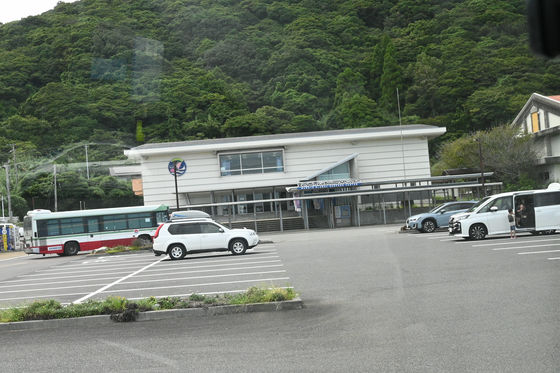
It shows 32km to Kouura and 123km to Tokushima.
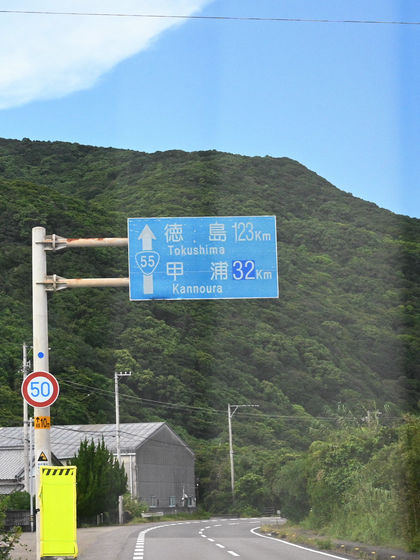
In front of
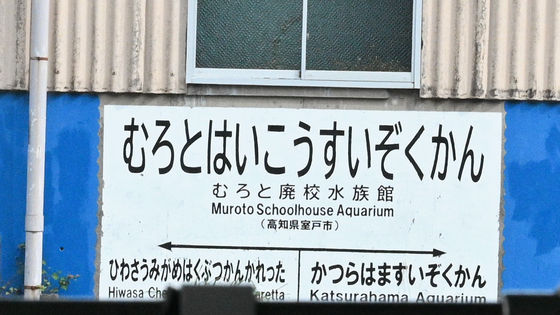
It takes about an hour from Sea Station Toromu to reach Sea Station Toyocho. The bus stop leads directly to the sandy beach.
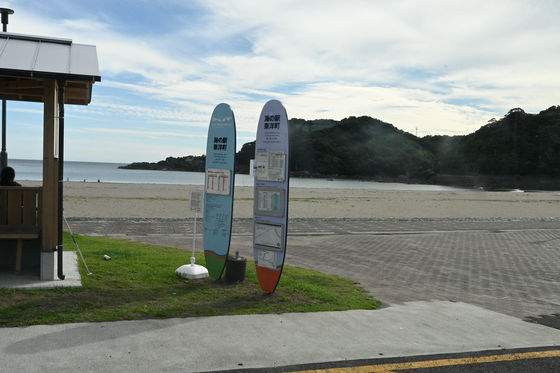
Kouura Station comes into view ahead. What can be seen on the elevated tracks is the platform from the time of the railway, and now the DMV station building is located under the slope.
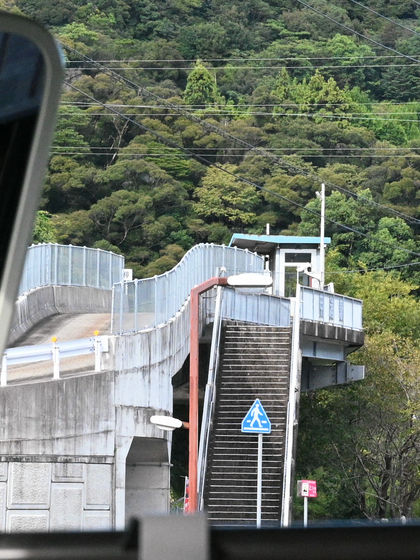
The entrance to the ramp. The DMV has been running on the road just like a regular bus, but from this point on, it is a road reserved for DMV use.
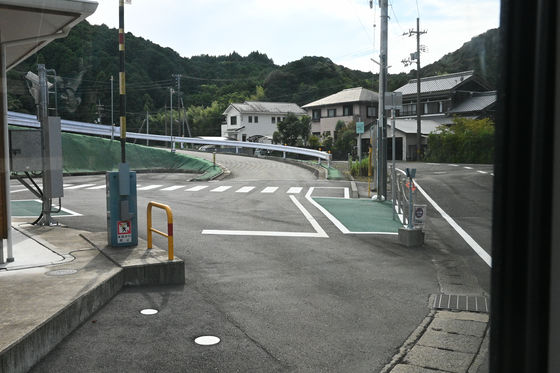
We climb up a slope that is connected to the elevated track from the railway era.
Once you reach the top of the slope, the mode will change to railroad mode.

Here's what the inside of the car looks like when it changes mode from bus to train after arriving at the designated location. Just like when a train is coupled or uncoupled, there is no big shock and it happens in the blink of an eye.
Once the mode change is complete, there is a pointing confirmation that it was completed correctly before we depart. We head towards the 4th Shishikui Tunnel, which can be seen from the station.
DMV in railroad mode departs from Koura Station - YouTube
The train stops for about five minutes at Shishikui Station, an intermediate station on the railway section, so some passengers went down from the platform to the stationmaster's office on the first floor to have their train stamp book recorded.
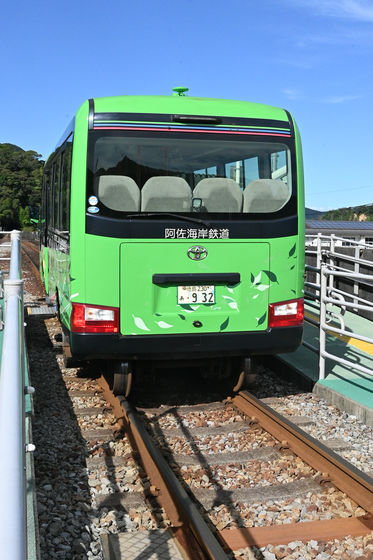
Now that everyone on board has gotten off, I look around the bus and it looks like this. The seats have seat belts, so it's appropriate to call it a bus that can run on rails.
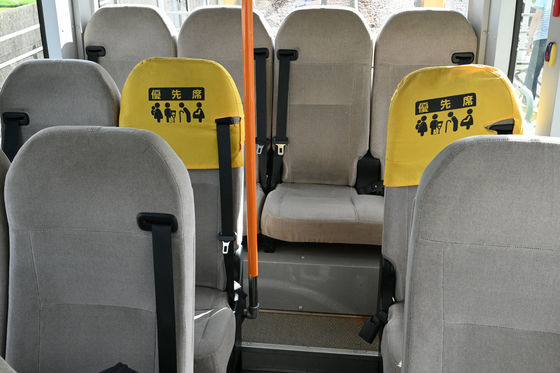
A series of tunnels cuts through the mountains, and in parts it feels faster than driving on National Route 55, which runs almost parallel to it.

Awa-Kainan Station came into view. It is a transfer station to the JR Mugi Line, and used to be connected to the rails, but it was completely separated when the DMV was introduced.
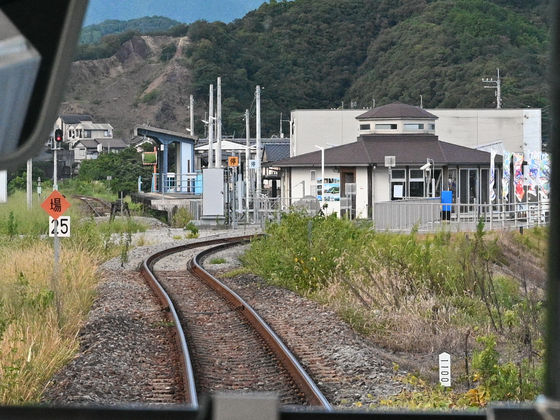
Awa-Kainan Station also has the same mode change interchange as Kouura Station, where you can change from trains to buses.
The article below summarizes the mode change as seen from outside the car, as well as the 'DMV Monaka' from the Japanese confectionery shop 'Horaido' in Kaiyo Town.
I saw the world's first DMV that can run on both rail and road at Asa Kaigan Railway - GIGAZINE

After waiting for a while at the station, the DMV I had just got off on started its return journey from Awa-Kainan Bunkamura and arrived at Awa-Kainan Station again. Just as I was leaving, a Mugi Line train arrived. It seemed like it would be too close to make the connection, but right after this was the 15:50 DMV.
◆Mugi Line Local: Awa-Kainan → Tokushima
There is a limited express train that runs between Mugi, which is three stations away from Awa-Kainan, and Tokushima, but there is only one round trip per day, the Muroto 1, which leaves Tokushima at 19:33 and arrives at Mugi at 20:58, and the Muroto 2, which leaves Mugi at 6:59 and arrives at Tokushima at 8:20, so I couldn't fit it into my itinerary. This time, I took the local train bound for Tokushima that left Awa-Kainan at 16:08.
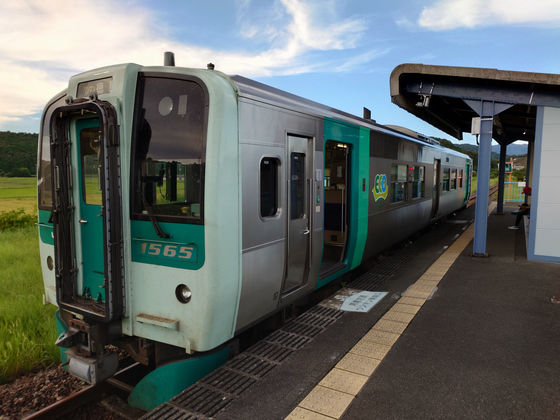
More than 10 years ago, in addition to the two round trips of the Muroto Express, there was also the Tsurugiyama Express that went to Awa-Ikeda.
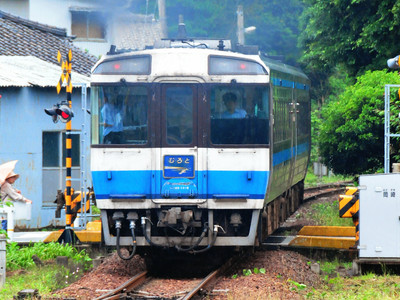
The Mugi Line connects Tokushima City and Kaiyo Town, and runs through the eastern part of Tokushima Prefecture, but there are few sections along the coastline, and the scenery is mostly mountainous from Awa-Kainan to Anan. From Anan, the line runs through flat areas with a mixture of houses, farmland, and commercial facilities.
After passing Anan, you will cross the Naka River.

◆ Express Uzushio No. 26: Tokushima → Takamatsu
The local train arrived at Tokushima Station at 6:12 p.m. It was getting dark and I wanted to get back to my hotel, but I had to go to Takamatsu for my next trip.

All in all, there was the Tokushima Line local train bound for Anabuki, the Mugi Line local train bound for Mugi, and the Kotoku Line limited express Uzushio No. 26 bound for Takamatsu.
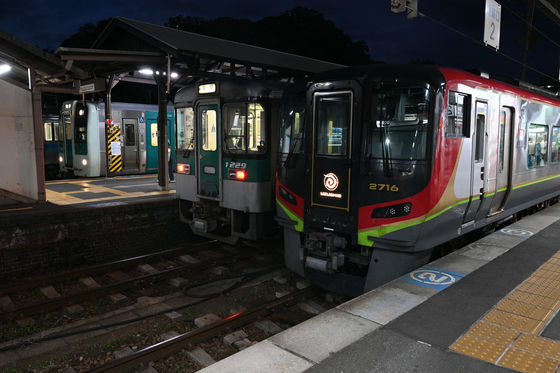
I sat in a seat with an electrical outlet for the first time since 'Iyonada Monogatari.'
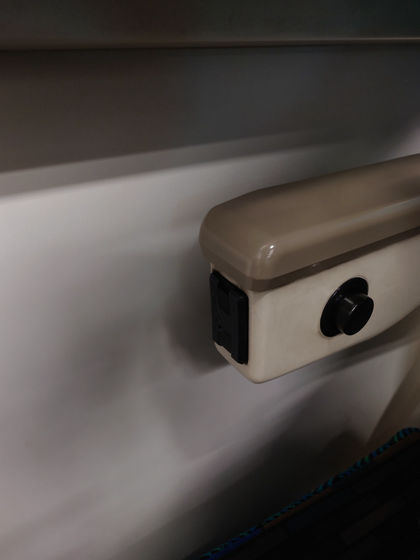
Before leaving Tokushima at 6:29 p.m., I stopped by a souvenir shop on the first basement floor of the station building and bought somen noodles and
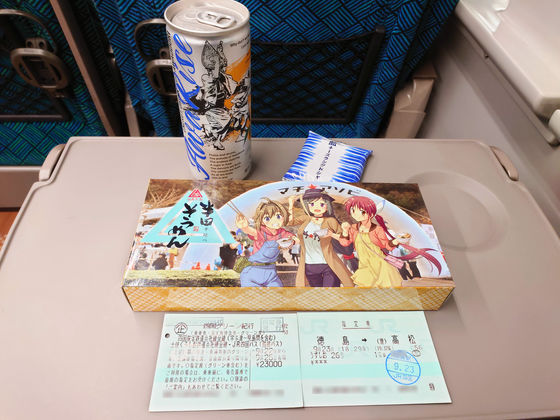
At this time, it was almost pitch black outside the city and the station, so I had pretty much given up on taking photos, but I saw a National Railways-colored Kiha 40 series train at Ritsurin Station, so I managed to take a photo.
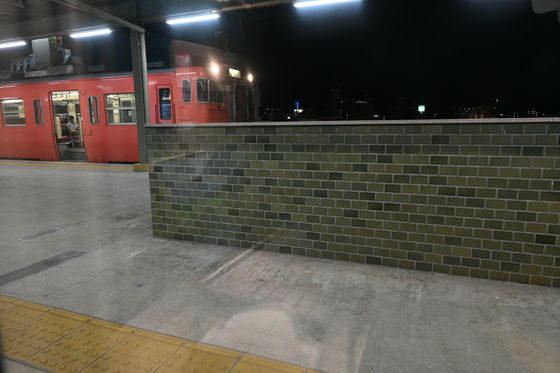
I arrived at Takamatsu Station at 7:37 p.m. It seems that it would take two days to travel around Shikoku, but my journey still continues in order to achieve my goal of riding all of the JR Shikoku lines.

The route I took so far was like this. The train was on the red line, and the bus was on the blue line. The station and bus stop names indicate where I got on and off for transfers.
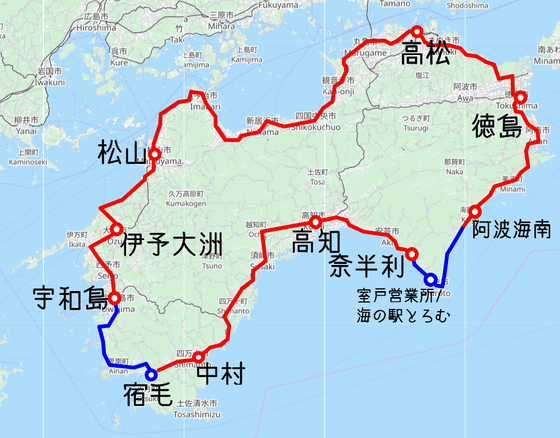
Continued

Related Posts:




